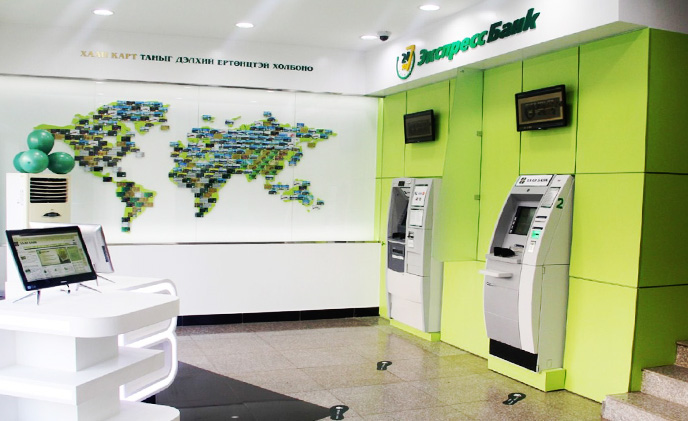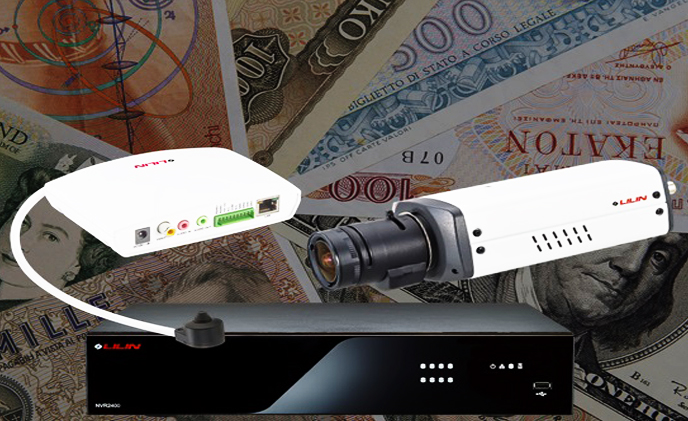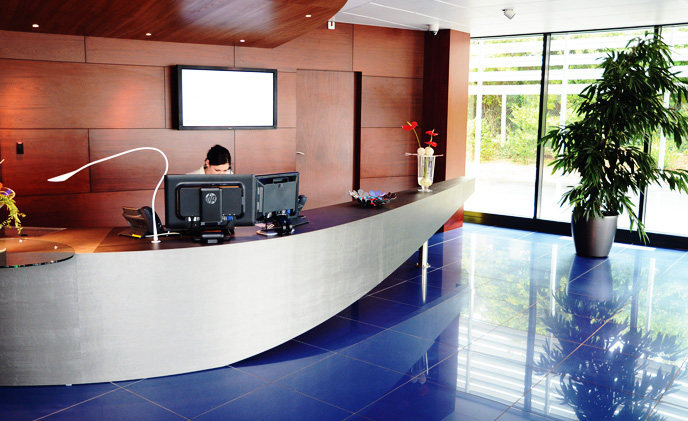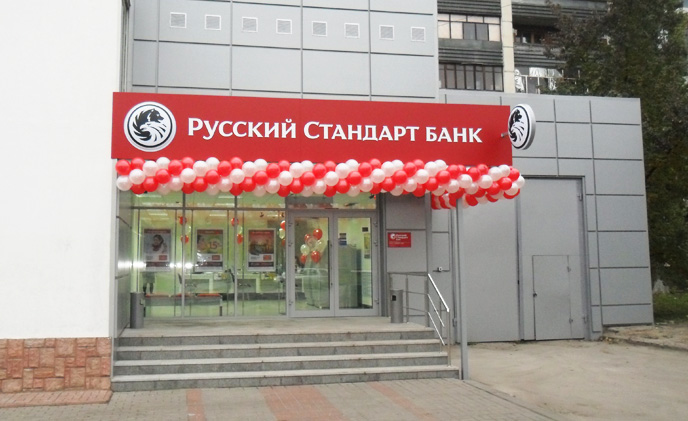B
e it video surveillance or access control, banking sector usually has higher demand on the security systems, due to its highly sensitive business nature. Despite the fact that reliability remains the most crucial factor in terms of security applications in the banking vertical, the users in this sector has started to set their eyes on advanced technologies and functions for better services and efficient management and operation in the facilities.
Quality, quality, quality
Image quality is one of the most important security demands when it comes to security applications in the banking sector. It goes without saying that the video surveillance in the banks has to be real-time recording with no frame lost. However, in some countries, the mandatory security demands for the banks can be even more stringent; for example, the authorities in some areas require the banks must install IP-based security systems.
“Picture quality and resolution would be important considerations for surveillance in banking, in order to capture facial features clearly and identify persons. In the case of any incidents, such data would commonly be submitted to the police or authorities as evidence, thus the quality of images captured would be paramount,” said Riki Nishimura, General Manager of Visual Security Solutions Division at Sony Professional Solutions Asia Pacific.
Besides frame rate, image resolution and accuracy of color reproduction are also critical factors in the banking sector. High-resolution cameras with accurate color reproduction can be further used for intelligent video analysis such as recognizing VIPs and counting bills. The introduction of advanced security camera that comes with exceptional image processing ability and niche technologies has been driving the security market toward a new era - 4K technology is one of the most obvious examples.
“We see 4K potentially gaining ground in the banking vertical in future, as the resolution and image quality is much better than HD or Full HD, offering very clear details and accurate colour reproduction demanded by banking institutions,” Nishimura said. With larger coverage area, 4K camera can eventually help the users to reduce the amount of security cameras deployed in the banks, lowering down installation and maintenance budget.
Given the fact that glass doors and French windows are widely used in the banks, the surveillance cameras should be able to deal with high-contrast lighting environment and capture clear images.

“When people enter a bank lobby, the lighting condition might be highly contrasted. General surveillance cameras may not be able to capture people’s face clearly and the images are mostly unrecognizable,” said William Ku, VP of Brand Business Division at VIVOTEK. “WDR technology allows the camera to capture detailed features easily even when an object of interest appears in the frame with intense backlight.”
Entering into the world of networks
With dozens of branches scatter around a city or a country, being able to simultaneously manage security systems with real-time monitoring is, for sure, one of the most desired applications for users in the banking vertical. Therefore, an increasing requirement for remote monitoring and centralized management is seen in the banking sector in the recent year. “With advanced network infrastructure and centralized video management platform, videos from various branches can be transmitted in real-time to one location, making the risk management more efficient,” Ku said.
However, migration from analog system to IP-based system may lead to great challenge, not to mention that transition from HD to Full HD or 4K recording will slow down the network and take up more storage comparing to recording images from analog system. “The good news is that,” Nishimura said, “presently there are technologies that help to reduce storage and optimize bandwidth, such as Intelligent Coding, Intelligent Cropping and Multi-Tracking features found in Sony’s 4K cameras, for example.”
“By adopting H.265 compression technology, the front-end network cameras and the back-end network video recorder will compress the video at lower bit rate. While the image quality is high, because of the higher ratio of compression rate, less bandwidth and storage consumption are required,” emphasized Ku.

In fact, more and more end users in the banking sector choose to adopt IP-based security systems in either new or retrofit projects. However, when it comes to migrating security systems from analog to IP, seamlessly integrating newly-installed systems with existing systems is always a major challenge in this industry, according to Chris Hsu, Global Marketing Director of Merit LILIN.
Analog upgrade solution goes beyond limitation
Despite the fact that IP-based system provides the users with more advanced functions and integrated solutions, most of the existing surveillance systems are still based on analog systems which is well known for its budget-friendly pricing and reliable image recording experience.

Budget is always the main concern for the end user who is considering upgrading systems. “For customers with limited budgets or straight-forward objectives, analogue is still often the perfect solution,” said Daniel Wan, Channel Marketing Manager for UK and Ireland of Honeywell Security. “High-street banks are usually chains, but their security systems are controlled locally rather than by a central hub.” Therefore, these banks do not usually require a complex IP-based system even when upgrade is required.
Downtime is the undesired risk that always comes along with systems upgrades, as turning off security systems for upgrades may put the banks in danger and also bring the customers great inconvenience.
End users in banking sector have been very cautious about the security of financial data and customers’ information. Many banks still prefer to stay off the network and choose HD-over-coaxial system as their upgrade solution. With video, audio, and control signal going through the same cable, HD-over-coaxial solutions have overcome the transmission limitation that is commonly seen in the traditional analog systems, making cabling extension become easier than ever, according to Gilbert Ye, Product Manager of Dahua Technology.
With greater convenience comes great security
“The banking system is facing a major structural change given the increase in the number of ATMs and self-service stations to allow customers to carry out mobile banking operations,” said Jenny Månsson, Director Industry Segment of Axis Communications.
The number of people using online banking, mobile banking services is increasing rapidly over the past few years, and the number will keep growing in the years to come as the smart devices and the Internet has brought unprecedented convenience to our daily life. “However, the crime world has adopted new systems to evade security measures with the result that financial institutions may often find their own systems are technologically backward and do not ensure an adequate level of security,” said Månsson.
As these financial institutions are providing the users more conveniences with all kinds of online services and ATMs, security in the banking sector is no longer limited to physical security systems such as video surveillance and access control devices in the branches; instead, it should be including logical access control as well. Therefore, new challenge seen in the banking security is to make sure that their customer’s information on the Internet is protected and the online transactions are secured.

The banks have to ensure that the customers can securely access online banking accounts, and the online banking services are protected by dynamic authentication with layered protection both inside the firewall and on the cloud, according to Jordan Cullis, Head of Identity Assurance for APAC at HID Global.
“The use of mobile devices in online banking introduces new threats that require a more effective approach to authenticate identities, as the authentication controls have documented vulnerabilities and malwares on, especially, mobile devices, is increasing,” said Cullis. The mobile phone can be turned into an easy-to-use one time password (OTP) token, generating a unique combination of time- and event-based algorithms by which the authentication will be highly secured.